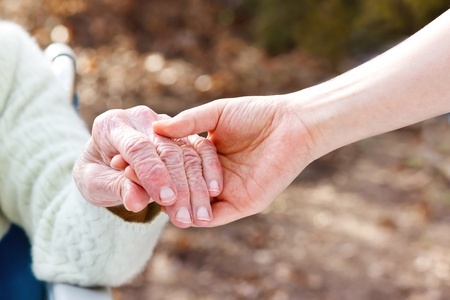Easing Cultural Differences

People being themselves exemplifies the essence of a culture. But placed side by side in our experiences with others from various cultures, the edges sometimes feel very rough.
Traditions are laced with rules, guidelines and wisdoms. When a person from one country or region interacts with someone from another, it’s the little moments that call for open-mindedness, patience and pause.
This is what etiquette can do for us - ease those cultural differences.
Appreciating Cultural Differences
As our world becomes "smaller" through increased travel and business opportunities, technology, and immigration, the need for acceptance and understanding is greater than ever.
Visiting or working in other countries requires that you familiarize yourself with customs and etiquette know-how. Learning the bare essentials of another language to meet and greet in that country's tradition is appreciated.
Problems occur, and discord created, when our differences are personalized. If I were to take it personally that someone is not doing something that I view as completely necessary and mannerly, I could be offended. For example, if I am visiting Korea, I need to know that greetings are hierarchical, and I would hesitate to be the first to offer a handshake.
That we all have mindsets is something humans have in common. Barging into a mindset is rude, and we do it a lot of the time. When we assume someone shares our way of thinking, or shares a certain custom, tension or friction is inevitable.
How can etiquette ease tensions when we don’t necessarily know all of the manners and etiquette norms of each group or the mindsets associated with them?
- Incorporate pause and friendly tone in words and actions.
- Choose open-mindedness. Assuming it isn’t enough.
- Remain sensitive to where you are and who is there and who may be witnessing or hearing you. (Online, in person, in writing.)
- Default to what you recognize as respectful.
- Investigate what strangers are generally not asked and avoid these topics in conversation.
- Remember that small talk is a bridge.
- Choose courtesies that respect another’s personal space.
- Keep your eyes, ears, and common sense aligned with your intentions.
This is where the most basic of etiquette rules can be applied: remaining mindful of the people around you. With this in mind, let's review specific guidelines for keeping everyone comfortable in the midst of cultural differences.
Whether we’re from Baltimore or Bangaldore, San Francisco or Shanghai, primary concerns for us all appear to be achieving, learning, and relating.
~ Sharon Schweitzer, author, Access to Asia
Greetings
- In the United States, and many other places, a handshake is expected (along with eye contact). But there are a few places where this is not the norm.
- Make sure your handshake is about genuinely meeting and greeting, and not about conveying a set image or impression.
- Keep your hands to yourself - not everyone is a hugger. If you are greeted in an unexpected way, go with the flow and allow the moment with kindness.
Attire
- The basic rule of thumb: know what the situation calls for and err on the side of conservative as you dress for success.
- Feel comfortable in the items you wear, including your shoes.
Conversation
- If you don't speak the language, stay alert to conversation and social cues. Many times, body language will be the bridge.
- Avoid slang and colloquialisms as others won't understand them. They can also be misinterpreted if taken literally.
- When in another country, it helps greatly to know some native phrases: "hello," "good morning," "please," "thank you," etc.
- Avoid profanity, sarcasm and criticism of governments, religion, holidays, and modes of dress.
- Be respectful of symbols that are important to another culture.
- When in doubt, be silent.
Dining
- Always know the correct way to hold your dining utensils as appropriate in the culture you are visiting.
- When presented the food of another culture, remain open-minded and willing to try new things.
- When in restaurants, avoid ordering something not on the menu.
- Drinking alcohol may be expected in some cultural traditions. Always remember - less is more. And if you do not want to drink alcohol, offer a sincere and clear statement of regret (and a medical excuse, if necessary).
- Whether you are the host or the guest, always be grateful and gracious.
Giving Gifts
Gifts may be given to honor a host or a guest. It is wise to study ahead and learn the traditions and norms of giving gifts. They can be deal-breakers if viewed as inappropriate.
No matter the traditions and values in force, we all know when someone is acting with kindness, generosity, and sincerity. Whatever differences between people and between the cultures they claim, easing the moments of tension whenever we can is always a good thing.
To put one at ease means to calm, comfort, or reassure another, to help make one feel comfortable or relaxed or to feel welcome. This is the essence of etiquette.














